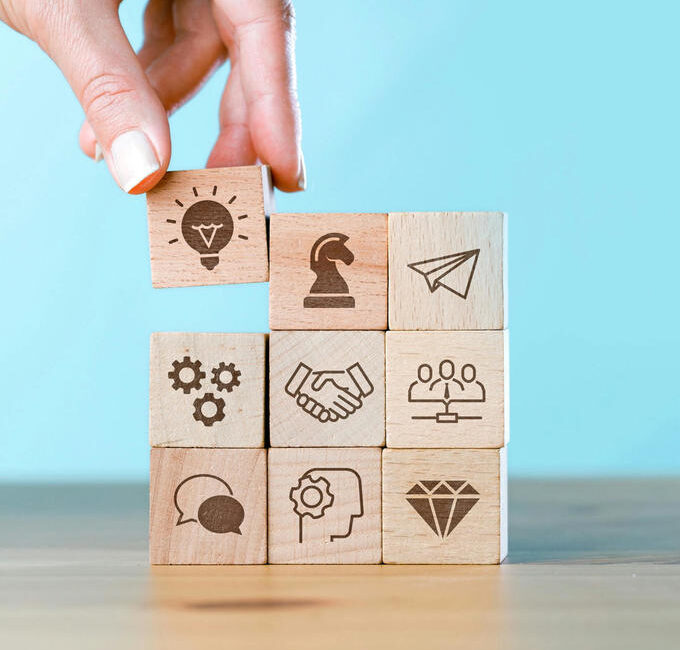STEAM education fosters a balanced and practical approach to life’s challenges
Upon observing first and second-grade students in elementary schools, you may not notice anything extraordinary. However, for the past few years, a new teaching approach has been gaining traction. This method deviates from the conventional memorization of theoretical concepts and focuses on practical application: problem-solving and investigating natural phenomena in specialized labs, using technological equipment, and being guided by a teacher acting as a mentor rather than the center of attention.
This method is called STEAM (Science, Technology, Engineering, Arts, and Mathematics), and it is a topic of great interest for those concerned about the state of school education. This approach prepares children for professions that have not yet been invented and equip them with the skills required for the future.
Funding for STEAM education is continuously increasing. Last year, the Ukrainian Cabinet of Ministers allocated over UAH 800 million to create STEM laboratories in local schools. Major companies such as Amazon and Google invest millions of dollars in this area’s material, technological, and methodological development.
Both businesses and governments recognize the value of STEAM education. It not only provides a high-quality understanding of natural sciences and technology but also prepares students for the challenges and demands of the future. Here are five essential skills that STEAM education imparts:
Project-based learning
Life revolves around solving problems within various projects. When students design, say, a helicopter or a propeller car, they not only learn engineering skills but also develop the ability to solve problems with tangible outcomes given limited resources.
Teamwork
In an age of multitasking, high expectations are set for employees, which can only be met through teamwork. STEAM education emphasizes the importance of teamwork, allowing students to develop essential soft skills like mutual respect, support, understanding of common goals, self-organization, and delegation.
Leadership skills
The soft skills mentioned above can help students become leaders and eventually effective managers. By organizing themselves, students learn to assign roles based on skills, with some taking on leadership roles, supporting and motivating their peers.
Critical thinking
Scientific and engineering projects demand concentration, an understanding of cause-and-effect relationships, and the ability to critically assess processes and outcomes. Working on mistakes and receiving guidance from a mentor helps develop these skills. Students learn to analyze their work, identify weaknesses, suggest improvements, and find ways to avoid future errors.
Entrepreneurial mindset
Lastly, STEAM education nurtures an entrepreneurial mindset. It doesn’t necessarily mean students will start their own businesses, but rather that they will develop a balanced and rational approach to tackling life’s challenges.
The future in all aspects of life belongs to technology, as evidenced by the international education exhibition GESS Dubai 2020, which featured robots, VR technology, automation systems, and multimedia boards and walls. The most successful exhibits combined cutting-edge technology with modern didactic materials. It’s essential to continue in this direction, teaching students the super-professional and social skills that will shape our society in the technological future.

